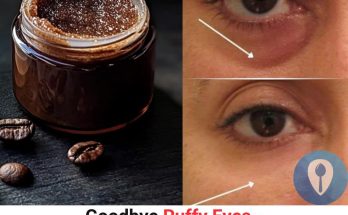Managing Candida overgrowth, a common yeast infection, may be difficult. Due to the intricacy of the problem, there is no “one-size-fits-all” treatment; nonetheless, a well thought-out diet may be very important in controlling and perhaps even curing Candida overgrowth. Here’s how to put up a diet that may lower Candida levels and bring back a balanced, healthy gut flora:. Give Attention to Non-Starchy Vegetables
Why They Help: The low sugar content of these veggies may aid in depriving Candida of the sugars that it needs to survive.
Examples include celery, cucumber, eggplant, onion, tomatoes, Brussels sprouts, spinach, kale and asparagus.
2. Include High-Quality Protein Sources Advantages: Protein increases satiety and blood sugar stabilisation without feeding Candida.
Lean cuts of organic or pasture-raised chicken, turkey, beef, and eggs are your options. Fish is also great, particularly those strong in omega-3 fatty acids like sardines and salmon.
3. Choose Healthful Fats: Fats have anti-inflammatory and hormone-balancing properties.
Avocado, coconut oil, flaxseed oil, and olive oil are healthy options. Caprylic acid, found in coconut oil, has been shown to aid in the battle against Candida.
4. Incorporate Fermented Foods into Your Diet: They aid in the restoration of good gut flora, which may control Candida.
Kefir, sauerkraut, kimchi, and yogurt—preferably from sheep or goats—are a few examples.
5. Select Moderately High-Glycemic Fruits The Reason for Moderation Fruits are beneficial, but their high sugar content might encourage Candida.
What to Eat: Because they have less sugar, berries, green apples, and citrus fruits are some of the healthier options.
6. Steer clear of refined carbohydrates and simple sugars. Reason: By giving the yeast its favourite fuel source, these foods have the potential to make Candida worse.
Steer clear of: most processed meals, white bread, spaghetti, sugary snacks, and desserts.
7. Minimise Dairy Products: Certain dairy products, particularly those with a high lactose content, might encourage the development of Candida.
Choices: Select lactose-free or low-lactose types; also take into account plant-based substitutes such as almond or coconut milk.
8. Benefits of Herbs and Spices: Many of them naturally include antifungal and anti-inflammatory qualities.
Suggested: Adding cloves, cinnamon, turmeric, and garlic to your diet may help manage Candida.
9. Stay Hydrated: Drinking enough water will assist your body eliminate toxins, which can help battle Candida.
10. Take Into Account Supplements That May Be Helpful: Speak with a medical professional about supplements like oregano oil, probiotics, and caprylic acid that may help with this dietary strategy.
Observation and Modifications Pay Attention to Your Body: Everybody reacts differently to a diet high in Candida. Keep an eye on how your body reacts and modify your diet as necessary.
Medical Advice: In order to customise the diet to your unique requirements, it is imperative that you have regular meetings with a healthcare professional, particularly one who has treated Candida.
While diet alone may not cure Candida overgrowth for everyone, it’s a vital component of an integrated approach to managing this condition. The greatest chance of managing Candida is to combine dietary modifications with medication and lifestyle changes.



